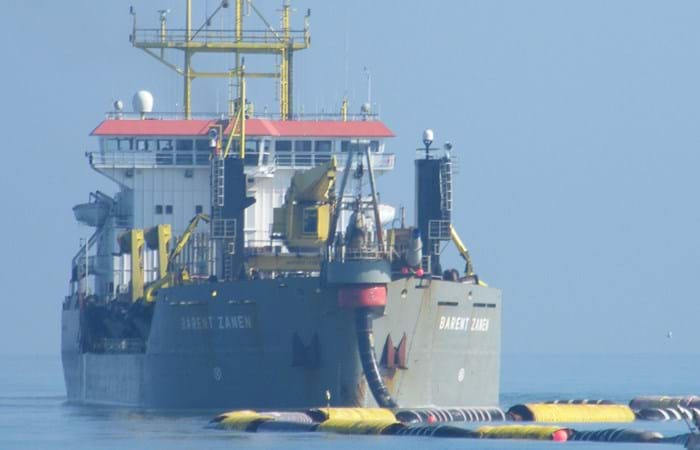As part of its network expansion program, Enagas undertook the installation of a submarine pipeline providing natural gas from the Spanish mainland to the Balearic Islands of Ibiza and Mallorca, integrating them into the Spanish gas system. This 20" nominal diameter pipeline was constructed in two distinct sections, one of 123 km between the mainland and Ibiza and another of 146 km between Ibiza and Mallorca.
Boskalis constructed the four landfalls of these pipeline sections at the three shore approach locations. Each shore approach posed highly different conditions:
- a sandy beach at Dénia,
- a rocky cliff at Ibiza and a shallow gravel and
- sandstone approach at Mallorca,
the latter further complicated by space restrictions onshore.
